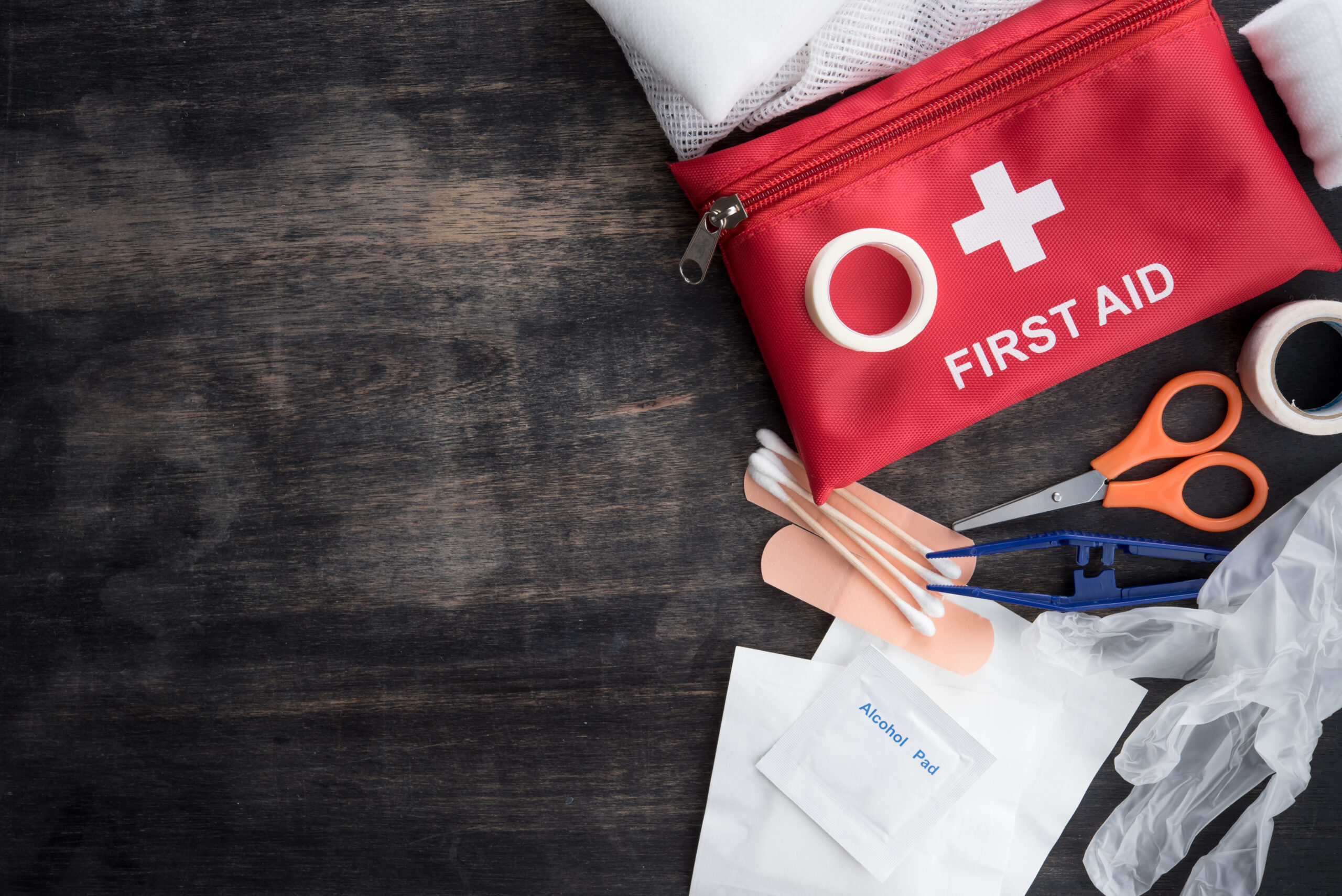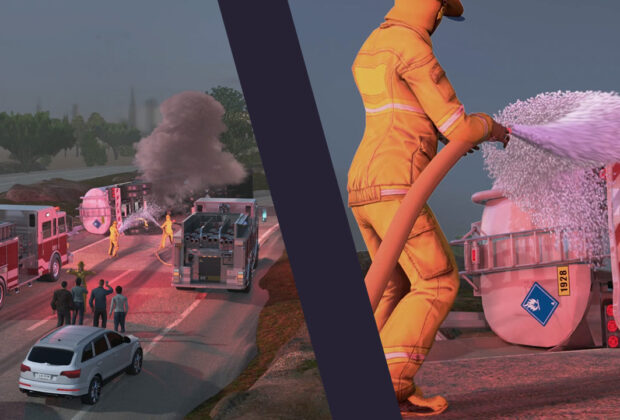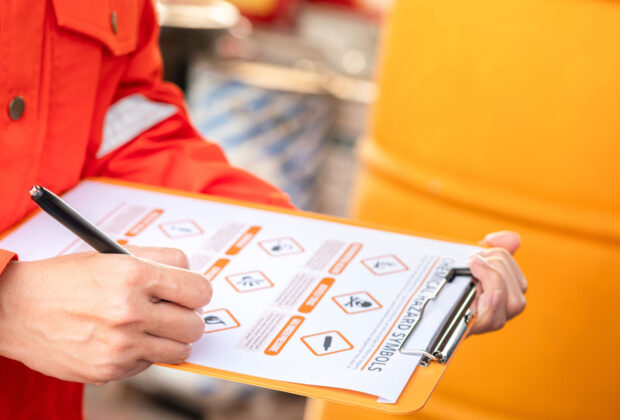We never know when an injury or an emergency is going to happen, whether it be with a team member or a guest. First aid is a vital response tool, it is a requirement to have individuals in the workplace trained in basic First Aid & CPR. Team members should be able to aid during an emergency until first responders arrive at the scene (if necessary).
In this blog, we will go over some basic steps and information that should be considered for your First Aid & Emergency Preparedness Program.
Prepare your team for emergencies
Workplaces should have designated team members to carry out specific duties during an emergency. However, the individual responsible for administering first aid may not always be readily available when an emergency strikes. Therefore, it is important to ensure many team members have some first aid awareness or knowledge about what to do until that person is present or the first responders arrive.
Establish an Emergency Response Program
Workplaces are required to have policies and procedures that are to be followed when an emergency happens. Procedures need to detail the steps to follow in an emergency, including the individuals who are to be contacted. Every team member should be trained in the company’s Emergency Response Program and know where to find the required contact information. This will help eliminate any confusion during an emergency. When you are familiar and confident with what to do it makes it easier to think clearly.
Locate first aid stations strategically
Selecting the right location for first aid is key. First aid kits and AEDs should be in an easy-to-access centralized location, and labeled clearly, so that everyone is aware and can access it. When team members are unaware of where to go for these resources, they are wasting valuable time when an emergency happens.
Know your workplace address and location inside the building
If calling for emergency services during an incident, they are going to ask your location. If you are not sure where you are, they won’t know either or how to get to you quickly. Team members should know the physical address of the company and the location at which they are. It can ensure that help gets to you as soon as possible.
Plan and prepare your team members for an emergency
Host safety talks with your team members often, go over the plan, this includes policies, procedures, and practicing for emergency situations. Team members should know and have confidence in their ability to do what is required to help when emergencies strike. Even if you are not going to be the one who assists when something happens, you still need to have some basic knowledge of what to do like hold a door open for first responders.
You never know if you will be the only person around when something happens. Team members should be given tasks to think about, what their roles would be if an emergency occurred.
Here’s a checklist to consider:
- Know the common hazards in your workplace
- Eliminate the hazards if possible
- Understand the injuries that can occur from the workplace hazards
- Create work instructions for hazardous work, review often
- Educate team members to work safely, with protective equipment
- Educate team members on emergency response procedures for each area
- Plan emergency drills
- Plan where/who will administer first aid
- Plan how first responders will get to the work location and what they will need
When emergencies strike
Depending on the industry and work environment, injuries can vary. Working on a construction site or in a warehouse could involve heavy equipment related injuries. These types of injuries can be minor, major, or fatal and knowing how you need to react is very important. In most scenarios, planning for prompt attention is the best scenario for a good outcome.
When team members don’t have proper training or knowledge of a hazard and the potential emergency associated, it can turn into chaos quickly. That isn’t good for the injured individuals or the team members trying to help. Panic is a result of unpreparedness and will cause team members to waste precious time and cause them not to think clearly.
Contents of a First Aid Kit
The requirements for first aid kits change based on the size and type of workplace (industry). There are a variety of different first aid kits that you can get. They can range from small to large and contain a few specific items or a big array. Here are some common things that are in just about all first aid kits, such as:
- Antiseptic solution or wipes
- Antibiotic ointment
- Band-aids in a variety of sizes and shapes
- Sterile gauze pads in a variety of sizes
- Adhesive tape
- Elastic bandages
- First-aid manual
- Tweezers and/or scissors
- Cold packs for bumps and bruises
- Tylenol, Ibuprofen, Benadryl
- Gloves
The more elaborate kits will contain extra items such as:
- Blankets
- Flashlight
- Batteries
- Protection for your mouth during CPR
- Automated External Defibrillator (AED)
- Calamine lotion or hydrocortisone cream
- Thermometer
- Splint
- Alcohol wipes
- Tourniquet
- Eye patches or protection
Assess your workplace, and workforce to ensure the first aid kit is adequate.
What is an AED (Automated External Defibrillator)?
An AED, or automated external defibrillator, is used to help those experiencing sudden cardiac arrest. It’s a sophisticated, yet easy-to-use, medical device that can analyze the heart’s rhythm and, if necessary, deliver an electrical shock, or defibrillation, to help the heart re-establish an effective rhythm.
Some workplaces have AED machines available for use. It is becoming a more and more popular device to have. This is a great machine that can help in emergency situations. It is very self-explanatory and easy to use.
Assessing your First Aid & Emergency Preparedness Program
How well-prepared is your workplace for an injury or emergency situation? The questions below will help you to self-asses.
1. Do your team members know what emergencies or situations that might arise in the workplace?
2. How many team members are currently trained in CPR or first aid?
3. Where are first aid kits stored in the workplace?
4. Are the kits up to date and have the required content?
5. Are team members trained and understand how to use the kit?
6. Do you have theAre kits regularly inspected to ensure contents are present?
7. Do your team members know how to respond to an emergency?
8. Do you have a plan for when the incident requires more than first aid?
9. Is there a plan to receive first responders?
10. Who guides them in?
11. Who clears the pathway?
12. Who transports individuals to the hospital?
Are you interested in getting first aid training for your team? Explore our partner’s CPR/AED & Basic First Aid Awareness Training.




Comments are closed.